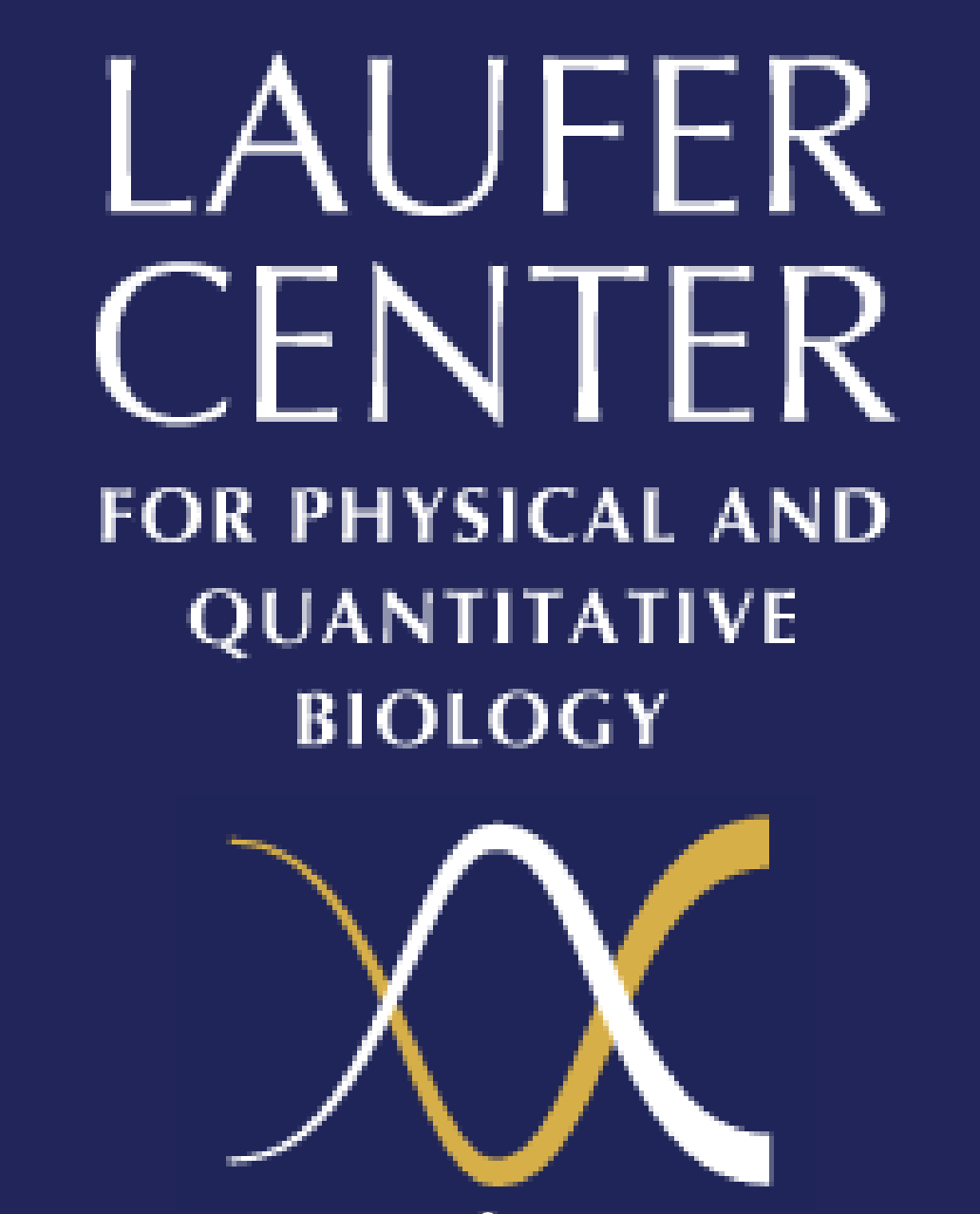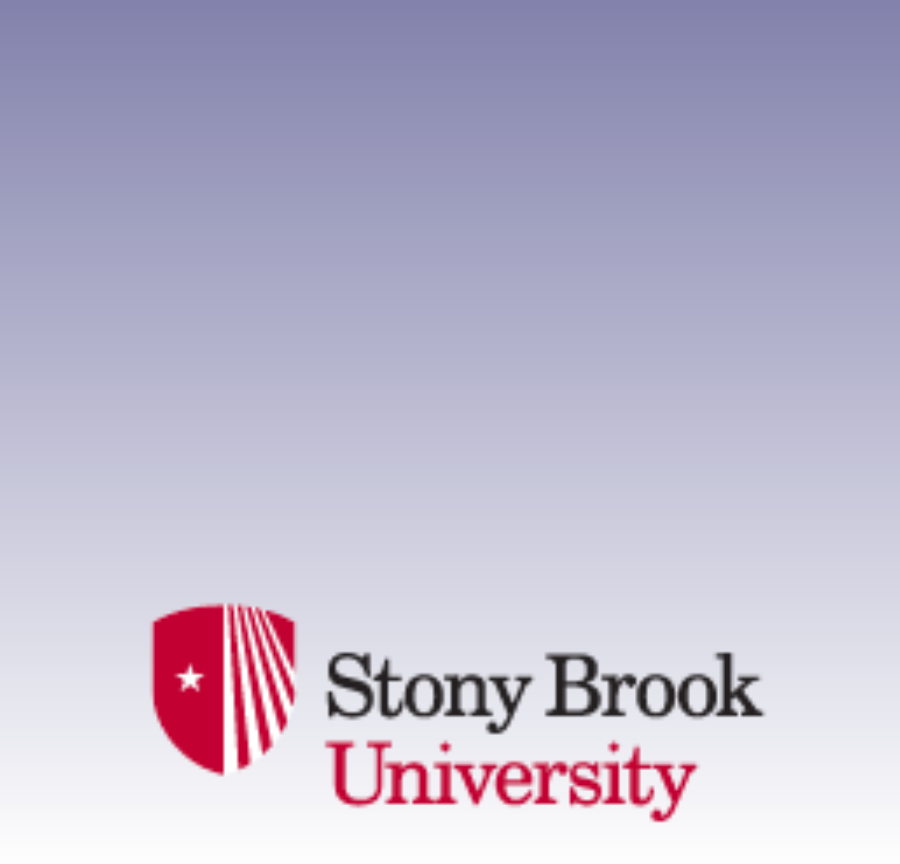Physical and Quantitative Biology, BME/CHE/PHY 558
Fall 2017 / MWF 10 – 10:50 AM in Laufer Center 101
Gabor Balazsi, Course PI
Course goals: The central idea of this course is the free energy, the quantitative way we understand thermodynamic forces driving the equilibria and transition rates in chemistry, physics and biology. We describe the components underpinning free energy: the entropy and internal energy. We explore the microscopic interactions - including hydrogen bonding, van der Waals interactions, electrostatics and hydrophobic forces - that explain physical and chemical mechanisms in cell biology and are the workhorse tools in computational drug discovery. We show how these basic ideas are applied: binding affinities form the basis for synthetic biology and drug discovery; coupled binding explains how biological machines convert energy and transduce signals or regulate gene activity; and polymer free energies form the basis for the folding of protein and RNA molecules.
Textbook: Molecular Driving Forces by Dill & Bromberg. Garland Science, 2010
Extra textbook: Protein Actions by Bahar, Jernigan & Dill. Garland Science, 2017
Prior years' course syllabi: 2016, 2015, 2014
Please login to get the links to the videos
| # | Date | Topic | Reading | Speaker |
|---|---|---|---|---|
| 1 | 08/28 | Introduction. Basic Biology. Probability, statistics [watch video: ] [Slides] |
MDF1, 2 | Gabor Balazsi |
| 2 | 08/30 | Combinatorics. Distributions. Extremum principles [watch video: ] [Slides] |
MDF 2, 3 | Gabor Balazsi |
| 3 | 09/01 | Energy and Multiplicity. Multivariate calculus [watch video: ] [Slides] |
MDF 4 | Gabor Balazsi |
| 09/04 | NO CLASS, Labor day | |||
| 4 | 09/06 | Multivariate Optimization. Max Ent & Boltzmann principle [watch video: ] [Slides] |
MDF 5 | Gabor Balazsi |
| 5 | 09/08 | Energies vs. Entropy formulation, thermo states [watch video: ] [Slides] |
MDF 6 | Gabor Balazsi |
| 6 | 09/11 | Free energies, chemical potentials [watch video: ] [Slides] |
MDF 8, 9 | Gabor Balazsi |
| 7 | 09/13 | Microscopic modeling & Boltzmann Law [watch video: ] [Slides] |
MDF 10 | Gabor Balazsi |
| 8 | 09/15 | Equilibrium constants, binding affinities [watch video: ] [Slides] |
MDF 13 | Gabor Balazsi |
| 9 | 09/18 | Liquids, phase equilibria [watch video: ] [Slides] |
MDF 14 | Gabor Balazsi |
| 10 | 09/20 | Solvation, free energies of transfer [watch video: ] [Slides] |
MDF 15,16 | Gabor Balazsi |
| 11 | 09/22 | Diffusion, Fick's Law, Physical Dynamics [watch video: ] [Slides] |
MDF 17, 18 | Gabor Balazsi |
| 12 | 09/25 |
Chemical rates. Mass-action kinetics |
MDF 19 | Gabor Balazsi |
| 13 | 09/27 |
Transition states & activation processes |
MDF 19 | Gabor Balazsi |
| 14 | 09/29 |
Coulomb & electrostatics: how charges interact |
MDF 20 | Gabor Balazsi |
| 15 | 10/02 |
Electrostatic potentials |
MDF 21 | Gabor Balazsi |
| 16 | 10/04 |
Electrochemical equilibria, batteries |
MDF 22 | Gabor Balazsi |
| 17 | 10/06 |
Salts shield charges. Poisson-Boltzmann |
MDF 23 | Gabor Balazsi |
| 18 | 10/09 |
Intermolecular interactions |
MDF 24 | Gabor Balazsi |
| 19 | 10/11 |
Phase transitions |
MDF 25 | Gabor Balazsi |
| 20 | 10/13 |
Adsorption & binding, Michaelis-Menten, catalysis |
MDF 27 | Gabor Balazsi |
| 10/16 |
MIDTERM EXAM |
|||
| 21 | 10/18 | Binding cooperativity [watch video: ] [Slides] |
MDF 28 | Gabor Balazsi |
| 22 | 10/20 | Polymers 1: conformations & random flights [watch video: ] [Slides] |
MDF 33, 34 | Helmut Strey |
| 23 | 10/23 | Polymers 2: polymer solutions, Flory-Huggins [watch video: ] [Slides] |
MDF 32, 33 | Helmut Strey |
| 24 | 10/25 |
Bio-machine principles |
MDF 29 | Adam de Graff |
| 25 | 10/27 |
Water: pure and as a solvent |
MDF 30, 31 | Emiliano Brini |
| 26 | 10/30 |
Protein structures |
PA1 | Markus Seeliger |
| 27 | 11/01 | Protein function & mechanisms [watch video: ] [Slides] |
PA2 | Markus Seeliger |
|
28 |
11/03 | Protein folding & stability [watch video: ] [Slides] |
PA3 | James Robertson |
| 29 | 11/06 | Cooperativity in proteins [watch video: ] [Slides] |
PA5 | Emiliano Brini |
| 30 | 11/08 | Protein folding: kinetics, Landscapes, and Aggregation [watch video: ] [Slides] |
PA6 | Emiliano Brini |
| 31 | 11/10 | Protein evolution and sequence space [watch video: ] [Slides] |
PA7 | Alberto Perez |
| 32 | 11/13 | Bioinformatics [watch video: ] [Slides] |
PA8 | Rob Patro |
| 33 | 11/15 | Gene expression and it's regulation [watch video: ] [Slides] |
Gabor Balazsi | |
| 34 | 11/17 | Natural and synthetic gene networks [watch video: ] [Slides] |
Gabor Balazsi | |
| 35 | 11/20 | Drug discovery & methods [watch video: ] [Slides] |
Dima Kozakov | |
| 11/22 | NO CLASS, Thanksgiving break | |||
| 11/24 | NO CLASS, Thanksgiving break | |||
| 11/27 | Research Project Presentations | |||
| 36 | 11/29 | Drug discovery in industry | John H. Van Drie, Van Drie Research, LLC | |
| 12/01 | FINAL EXAM |
MDF = Molecular Driving Forces, chapter numbers.
PA = Protein Actions, chapter numbers.
TAs: Michael Cortes (#1 - #20). Chuan Tian, Bihua Yu and Cong Liu (#21 - #36).
ACADEMIC INTEGRITY
Each student must pursue his or her academic goals honestly and be personally accountable for all submitted work. Representing another person¹s work as your own is always wrong. Any suspected instance of academic dishonesty will be reported to the Academic Judiciary. For more comprehensive information on academic integrity, including categories of academic dishonesty, please refer to the academic judiciary website at http://www.stonybrook.edu/uaa/academicjudiciary/
ELECTRONIC COMMUNICATION
Email to your University email account is an important way of communicating with you for this course. For most students the email address is This email address is being protected from spambots. You need JavaScript enabled to view it.¹, and the account can be accessed here: http://www.stonybrook.edu/mycloud. *It is your responsibility to read your email received at this account.*
For instructions about how to verify your University email address see this: http://it.stonybrook.edu/help/kb/checking-or-changing-your-mail-forwarding-address-in-the-epo. You can set up email forwarding using instructions here: http://it.stonybrook.edu/help/kb/setting-up-mail-forwarding-in-google-mail. If you choose to forward your University email to another account, we are not responsible for any undeliverable messages.
RELIGIOUS OBSERVANCES
See the policy statement regarding religious holidays at http://www.stonybrook.edu/registrar/forms/RelHolPol%20081612%20cr.pdf.
Students are expected to notify the course professors by email of their intention to take time out for religious observance. This should be done as soon as possible but definitely before the end of the add/drop¹ period. At that time they can discuss with the instructor(s) how they will be able to make up the work covered.
DISABILITIES
If you have a physical, psychiatric/emotional, medical or learning disability that may impact on your ability to carry out assigned course work, you should contact the staff in the Disability Support Services office [DSS], 632-6748/9. DSS will review your concerns and determine, with you, what accommodations are necessary and appropriate. All information and documentation of disability is confidential. Students who require assistance during emergency evacuation are encouraged to discuss their needs with their professors and Disability Support Services. For procedures and information go to the website: http://www.sunysb.edu/ehs/fire/disabilities.shtml.
CRITICAL INCIDENT MANAGEMENT
Stony Brook University expects students to respect the rights, privileges, and property of other people. Faculty are required to report to the University Police and the Office of University Community Standards any serious disruptive behavior that interrupts teaching, compromises the safety of the learning environment, and/or inhibits students¹ ability to learn. See more here: http://www.stonybrook.edu/sb/behavior.shtml

